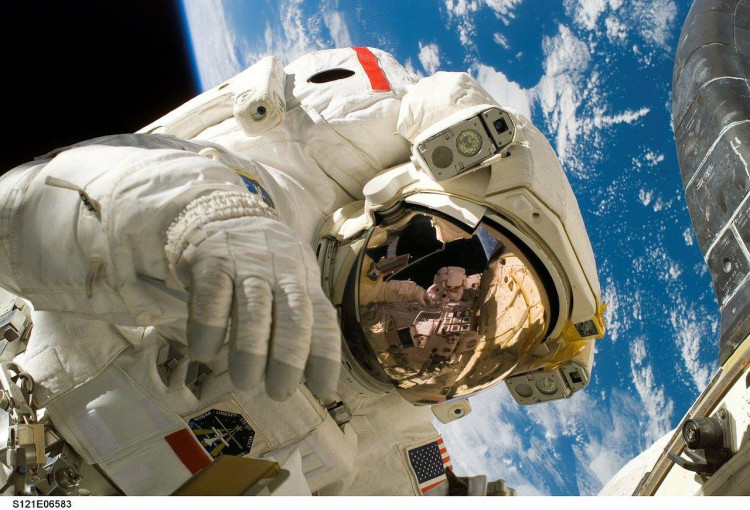The International Space Station is gradually but steadily deteriorating. While temporary repairs have extended the life of the ISS, the time for its decommissioning may be approaching soon. But NASA has plans - it just announced the names of three space companies to develop space stations, or "commercial destinations in space."
These plans are the first initiatives outside of government space agencies to develop places for humans to live and work in space. They're part of "Space 4.0," in which commercial opportunities drive space technology. Many people feel that this will be necessary to get mankind to Mars and beyond.
The overall cost of funding research and development is anticipated to be $415.6 million. Blue Origin ($130 million), Nanoracks ($160 million), and Northrop Grumman ($125.6 million) are these three companies.
NASA outlined how the move will provide "uninterrupted US presence in low-Earth orbit by moving from the International Space Station to other platforms," according to a media release.
In low Earth orbit (less than 2,000 kilometers above Earth's surface), there are currently two occupied space stations, both belonging to space agencies. The ISS has been inhabited since November 2000, with a crew of seven. The Chinese station Tiangong's first module was launched in April 2021 and is currently occupied by three crew members.
Multiple commercial space stations are being planned, signaling a significant shift in how space will be used. Will these stations, however, transform the way people live in space or follow in the footsteps of previous space habitats?
NASA's backing for commercializing space is driving the change. Commercial cargo services to supply the space station, such as SpaceX's Cargo Dragon, and private spacecraft to bring personnel to orbit and the moon, such as SpaceX's Crew Dragon, Boeing's Starliner, and Lockheed Martin's Orion capsules, began roughly a decade ago.
After 30 years of service, NASA's space shuttle was retired in 2011, thereby cutting off direct access to space for American astronauts for a decade. Although NASA could still use the long-running Russian Soyuz spacecraft to reach orbit, an American commercial crew replacement would not be ready for humans until 2020, when SpaceX's Crew Dragon was launched. After the ISS program concludes, a gap appears to be approaching.
For the time being, the international partnership has committed to continue funding the ISS program until at least 2024. NASA has always claimed that the station will be safe to occupy until at least 2028, and administrator Bill Nelson has shown support for keeping the station operational until 2030. According to agency officials, at least one of the newly funded commercial space stations should be operational by the time the ISS is deorbited if all goes according to plan.





